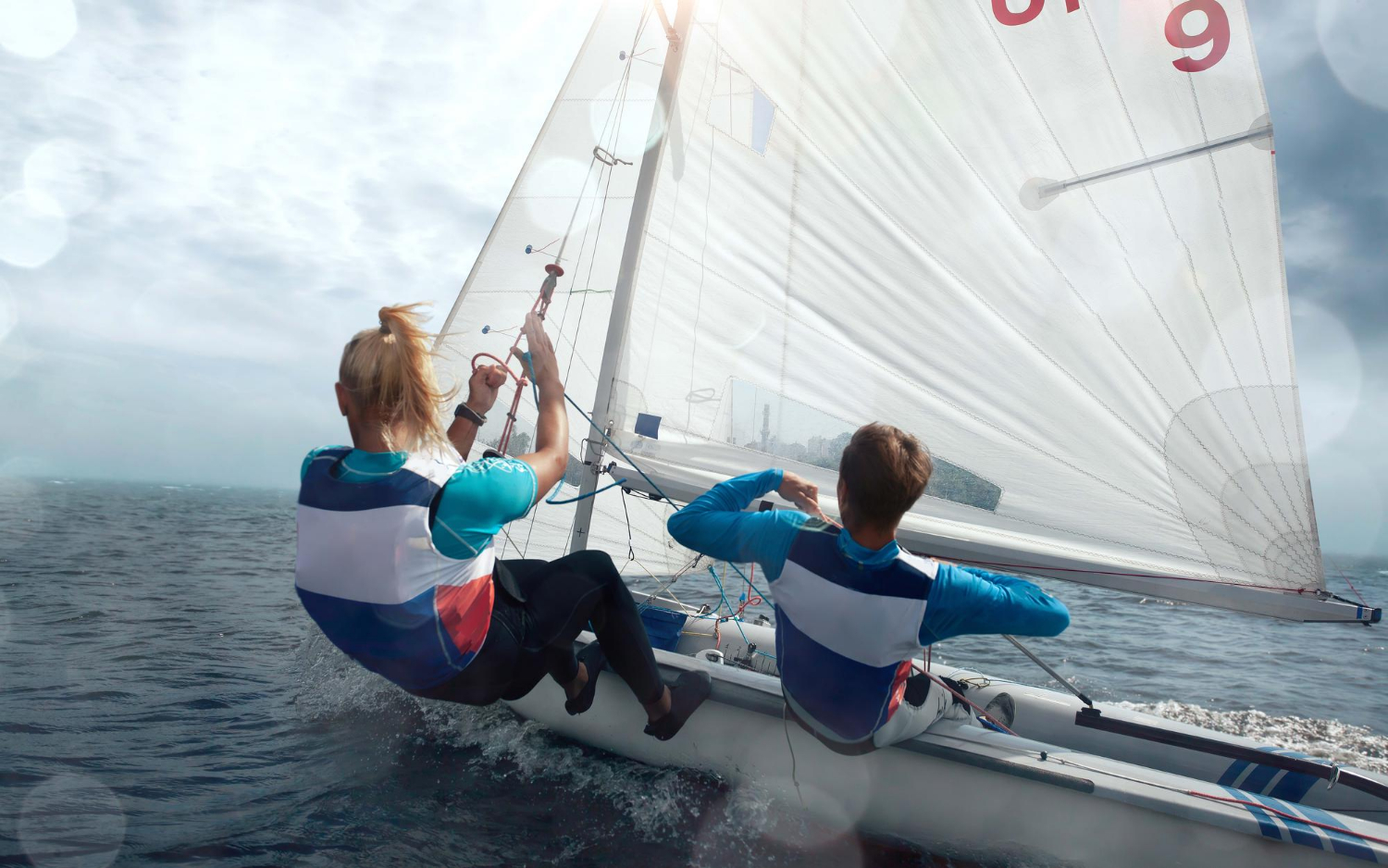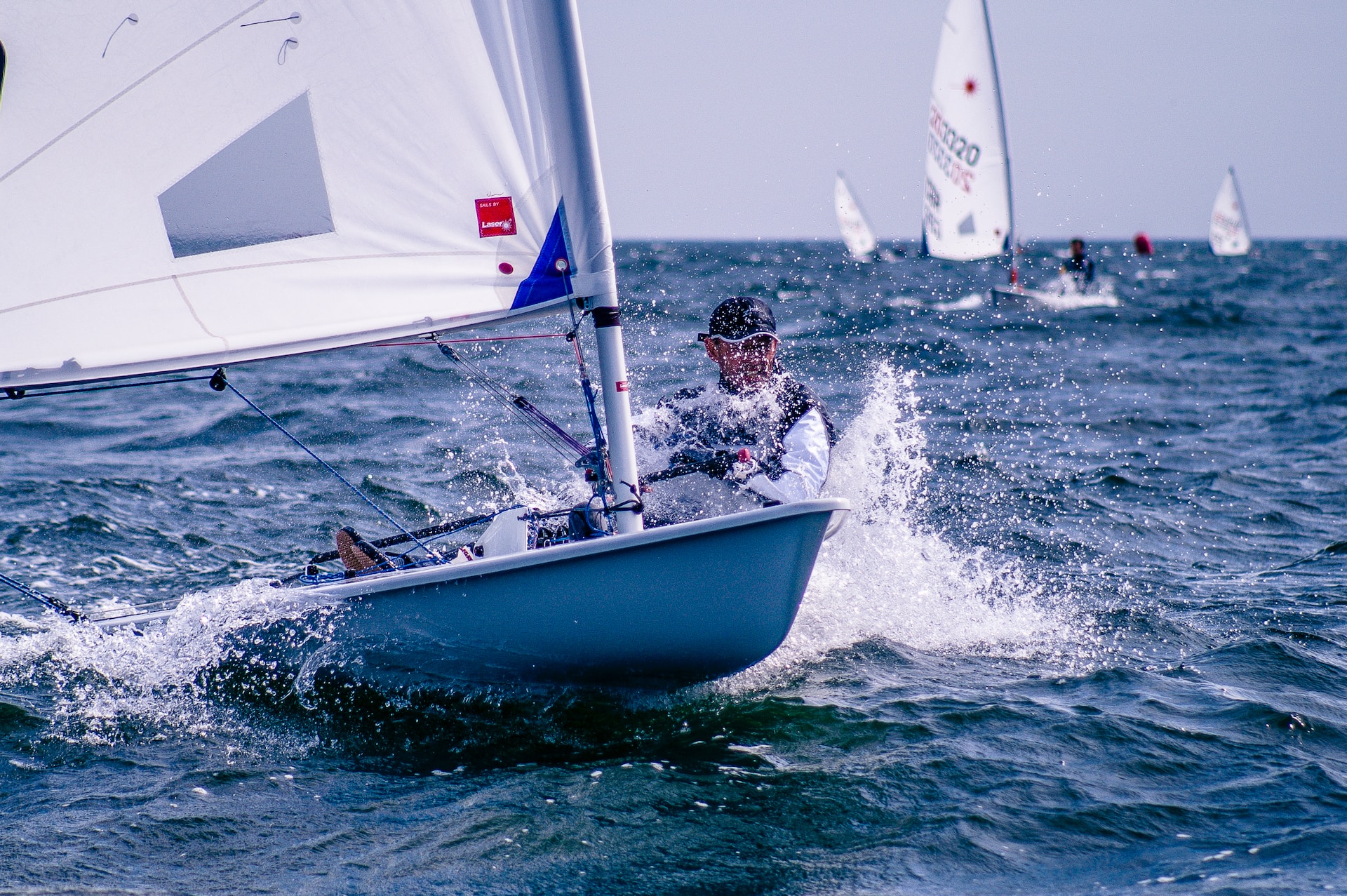Sailing is a captivating and skilful endeavour that combines the power of the wind with the art of navigation. Continuous training is essential for mastering this craft. In this article, we delve into sailing training, learn new techniques, and build the knowledge necessary to conquer the open waters.
Foundations of sailing training
Sailing training begins with the fundamentals, ensuring that aspiring sailors build a strong base of knowledge and skills. Critical aspects of foundational training include:
- Safety protocols. Trainees learn essential safety measures. They include the proper use of life jackets, emergency procedures, and how to respond to changing weather conditions.
- Sailboat familiarization. Beginners become acquainted with different types of sailboats, their components, and their functions. They learn how to rig sails, operate winches, and handle lines safely.
- Knot-tying. Trainees practice tying knots, which are crucial for securing sails and lines.
Building a solid foundation in sailing is essential. Safety protocols, sailboat familiarity, and knot-tying are the cornerstones of a sailor’s journey.
Advanced techniques and manoeuvres
As sailors progress in their training, they delve into more advanced techniques and manoeuvres, including:
- Sail trim. Understanding sail shape and adjusting it is critical for speed and control. Trainees learn how to trim sails for various wind conditions and points of sail.
- Tacking and jibing. These are essential manoeuvres for changing direction while sailing.
- Spinnaker handling. Advanced sailors explore the use of spinnakers, large and colourful sails for downwind sailing. Learning to handle a spinnaker effectively requires skill and teamwork.
As sailors progress in training, they move beyond the basics to explore advanced techniques and manoeuvres that enhance their sailing prowess.
Knot tying basics
Knot tying is a fundamental skill that every sailor must master. Let’s delve into knot tying and enhance your sailing skills.
| Knot Type | Purpose | How to Tie |
|---|---|---|
| Bowline | Create a secure loop | Form a small loop, pass the end through, and wrap it behind the standing part before threading it back down through the loop. |
| Figure-Eight | Create a stopper knot | Form a loop and thread the end around the standing part, passing it back through the loop. |
| Cleat Hitch | Secure a line to a cleat | Wrap the line around the cleat in a figure-eight pattern, securing it with a half hitch. |
The knots covered in this section are versatile and essential for various sailing tasks. Whether you are securing sails, mooring your boat, or handling lines during manoeuvres, they will serve you well.
Navigation and seamanship
Sailing involves more than just handling a boat. It also requires sound navigation and seamanship skills:
- Chart reading. Trainees study nautical charts and learn how to plot courses, identify navigational aids, and interpret depth soundings.
- Dead reckoning. This technique estimates a boat’s position based on a previously known position, course, and speed. It is a valuable skill for maintaining accurate navigation.
- Rules of the road. Sailors must be familiar with the international navigation rules to safely share the water with other vessels.
As you can see, navigation and seamanship skills are essential for safely navigating the open waters.
Conclusion
Sailing training is a dynamic journey that equips sailors with essential skills, advanced techniques, and a deep understanding of navigation. Mastering the art of sailing through rigorous training will open up a world of adventure on the water.
Now that you have unravelled the intricacies of sailing training, consider taking the helm and participating in a regatta near you. Join a sailing club, sign up for racing courses, or attend local regattas to witness the thrill of competitive sailing firsthand. The world of sailing training awaits, ready to ignite your passion for this exhilarating sport. Bon voyage!



